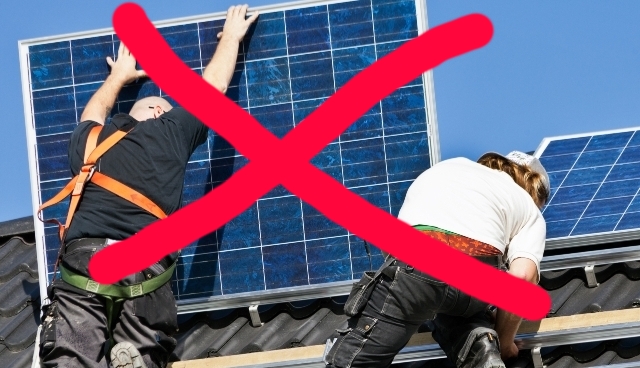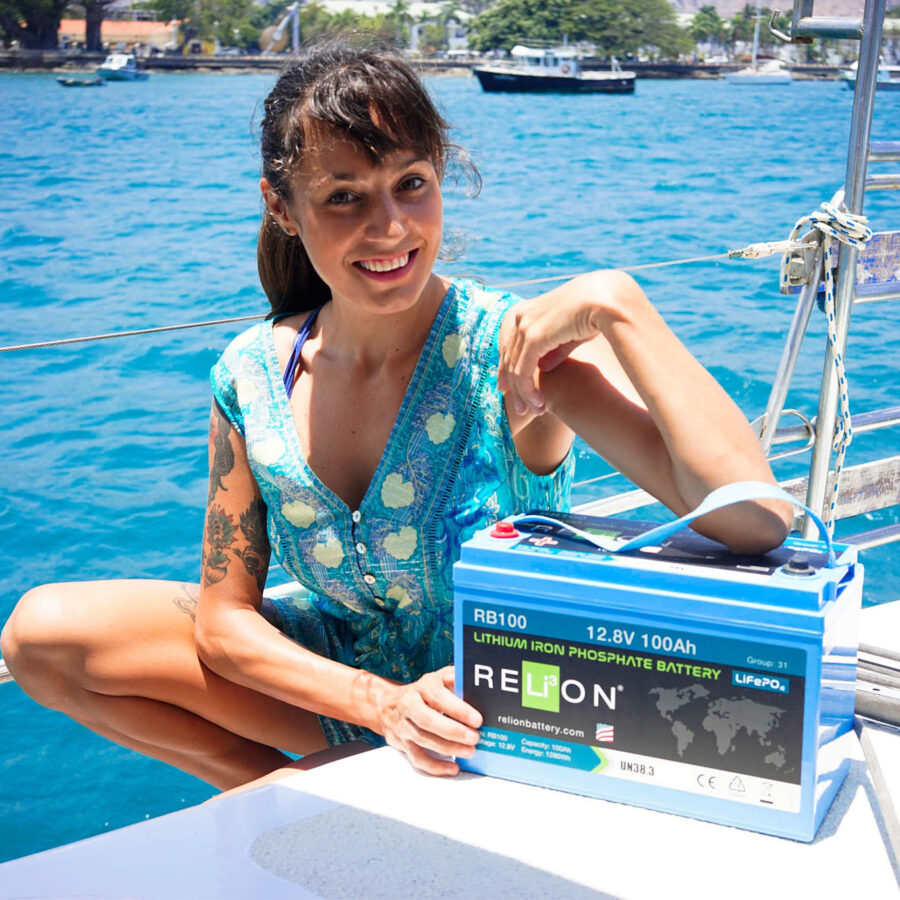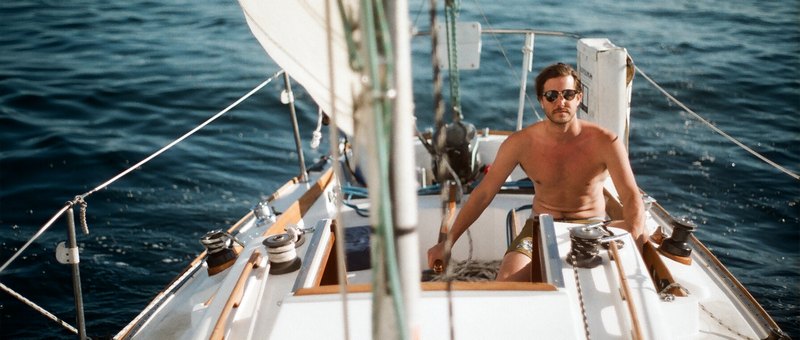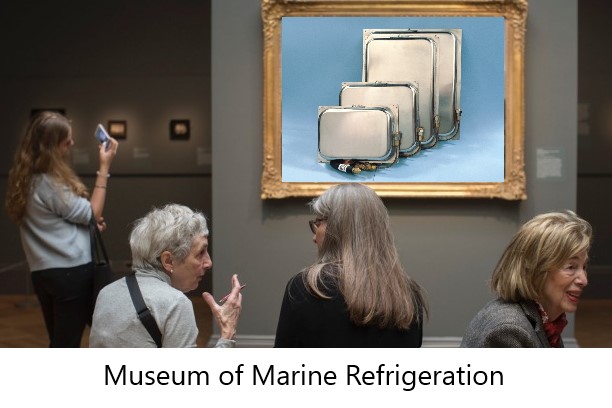 Other than the strange and fruity wardrobe, Robin Hood and his Merry Men had a noble agenda in England back the middle ages, i.e. rob the rich and give to the poor. They probably kept a little back for themselves for expenses, i.e. something to make the men merry plus some bling for Maid Marion, but overall they fought a worthy fight for social justice and equality. Fast forward a few centuries to 2018.
Other than the strange and fruity wardrobe, Robin Hood and his Merry Men had a noble agenda in England back the middle ages, i.e. rob the rich and give to the poor. They probably kept a little back for themselves for expenses, i.e. something to make the men merry plus some bling for Maid Marion, but overall they fought a worthy fight for social justice and equality. Fast forward a few centuries to 2018.
Our modern-day Robin Hood wannabe comes in the form of Robert Lighthizer, the US Trade Representative (USTR), who recently announced that tariffs will be imposed on virtually all silicon-based foreign-made solar cells and panels entering the US effective February 7, 2018. This is a four-year program that starts this year with a 30% tariff, and which then decreases by 5% each year ending up at 15% in year four.
Now, unlike the anti-dumping and unfair subsidy tariffs that have been in place since 2012, these new tariffs are not aimed exclusively at one or more countries of manufacture. Those tariffs originally singled out China, but the Chinese manufacturers then started country-hopping and ended up producing solar panels in other countries to avoid the stinging tariffs when imported into the US.
Not to be caught out, Mr. Lighthizer has taken a different tack this time around and has herded all major nations world-wide (there are exclusions for certain “developing countries”) into the dock for judgment and punishment. This time there is no country-specific element and it’s the US versus the rest of the world.
The issue at hand here is whether foreign solar companies who are able to import solar products into the US at less cost than the available domestic equivalents have an unfair advantage in the solar marketplace. The plaintiffs: Two large US-based solar companies.
The crying started in May last year when Suniva, which was 63% Chinese owned and now bankrupt, petitioned the International Trade Commission (ITC) that “increased imports were a substantial cause of serious injury to the domestic industry”. Suniva was later joined by SolarWorld Industries Americas, then a subsidiary of German owned and now reorganized SolarWorld Industries AG.
After much deliberation, our Robin Hood of Washington Forest has decreed that US solar manufacturers must have some sort of “safeguard” in order to compete fairly against foreign solar manufacturers, and these latest tariffs are the result. Whether this is a correct and/or fair judgment is up for debate, but I for one don’t quite understand how this is going to help the US solar industry much, if at all.
Paradoxically, those foreign solar manufacturers will not be paying any penalties, and our Robin Hood will not be robbing them and giving the proceeds to the now defunct plaintiffs. No, the tariffs will actually be paid by those US companies that import foreign solar products, and the burden will then be passed on down to the end user.



 I've just come across yet another sailing magazine article giving inaccurate and misleading information on solar power for boats. (Why don't they bother to do some research and ask the real experts?) So here is a list of ten myths and busts in an effort to set the record straight.
I've just come across yet another sailing magazine article giving inaccurate and misleading information on solar power for boats. (Why don't they bother to do some research and ask the real experts?) So here is a list of ten myths and busts in an effort to set the record straight.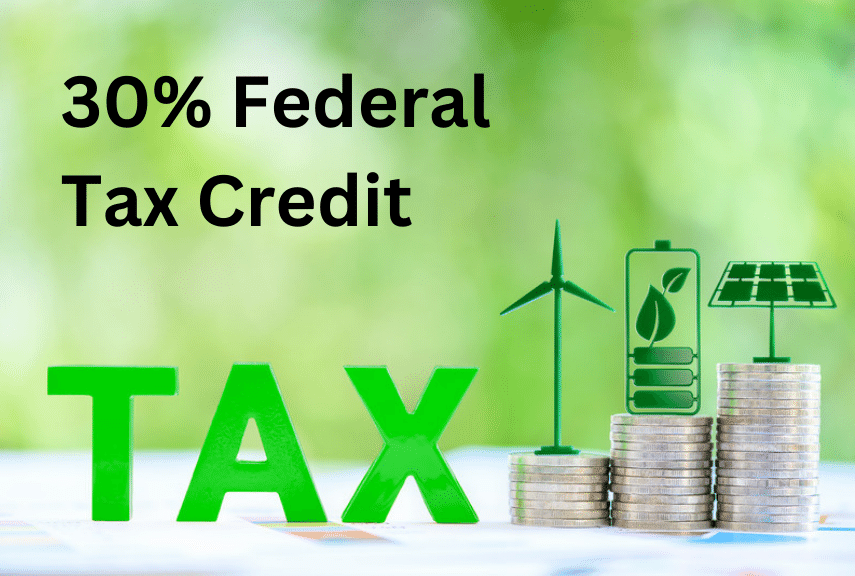
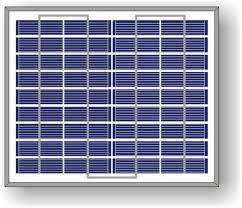
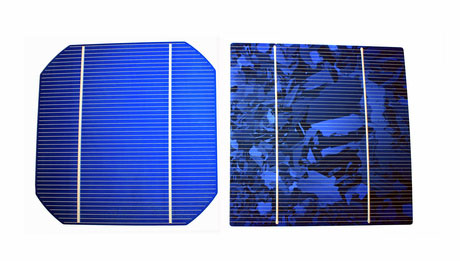
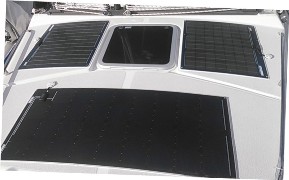 Which type of Solar Panel is best for Marine Installations?
Which type of Solar Panel is best for Marine Installations?
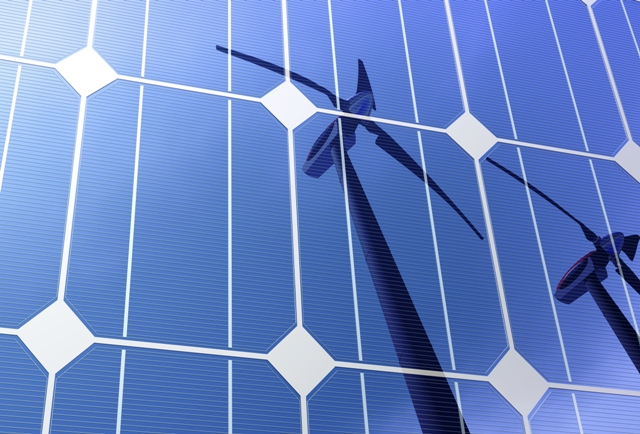
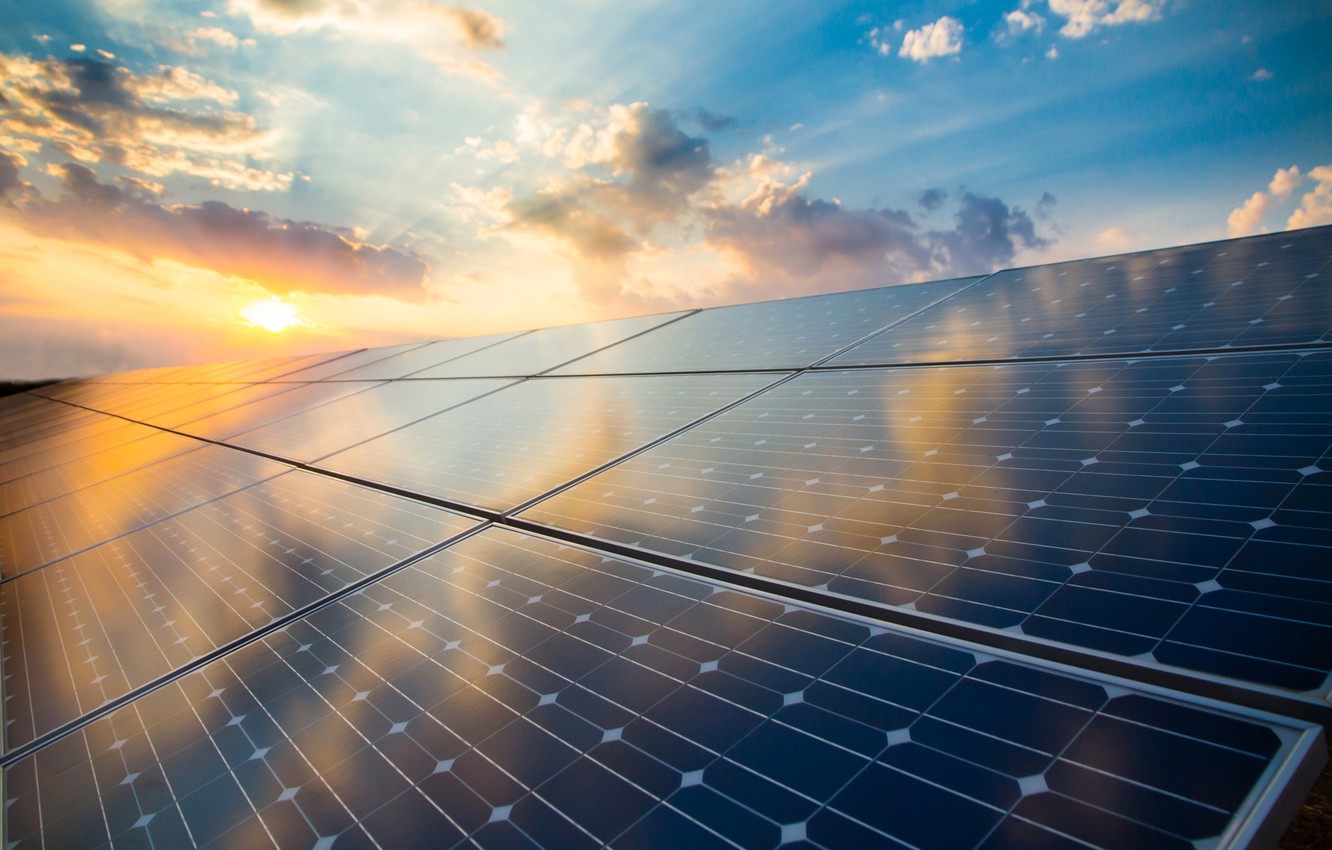
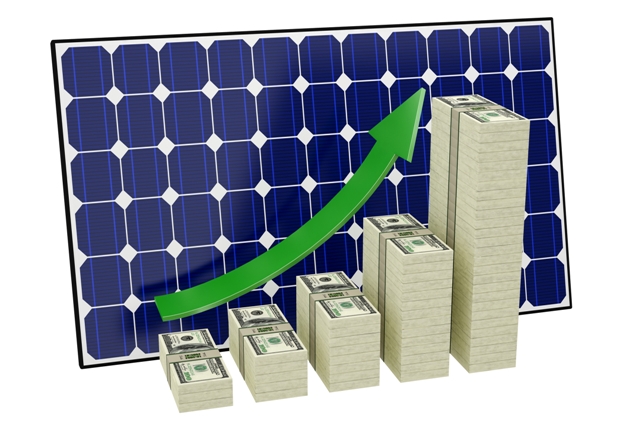 There's a lot of talk of trade and trade agreements in the run-up to the election, but I've heard nothing of how the substantial anti-dumping and anti-competition tariffs applied to Asian solar products are protecting US interests.
There's a lot of talk of trade and trade agreements in the run-up to the election, but I've heard nothing of how the substantial anti-dumping and anti-competition tariffs applied to Asian solar products are protecting US interests.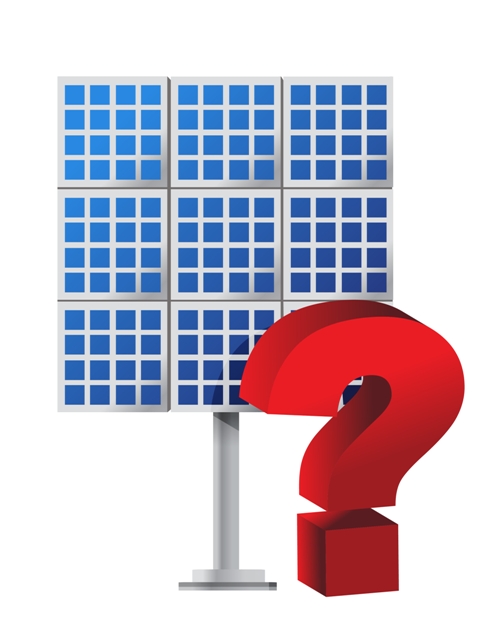 Are you confused about the wording on some solar panel guarantees and/or warranties? Well, you're not alone, but first let's define what is a guarantee and what is a warranty.
Are you confused about the wording on some solar panel guarantees and/or warranties? Well, you're not alone, but first let's define what is a guarantee and what is a warranty. Other than the strange and fruity wardrobe, Robin Hood and his Merry Men had a noble agenda in England back the middle ages, i.e. rob the rich and give to the poor. They probably kept a little back for themselves for expenses, i.e. something to make the men merry plus some bling for Maid Marion, but overall they fought a worthy fight for social justice and equality. Fast forward a few centuries to 2018.
Other than the strange and fruity wardrobe, Robin Hood and his Merry Men had a noble agenda in England back the middle ages, i.e. rob the rich and give to the poor. They probably kept a little back for themselves for expenses, i.e. something to make the men merry plus some bling for Maid Marion, but overall they fought a worthy fight for social justice and equality. Fast forward a few centuries to 2018.

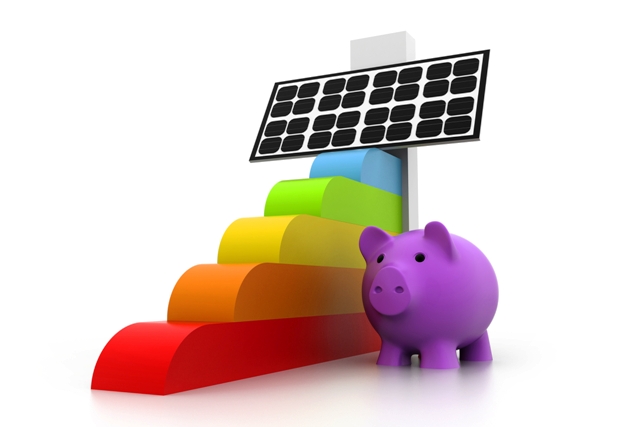
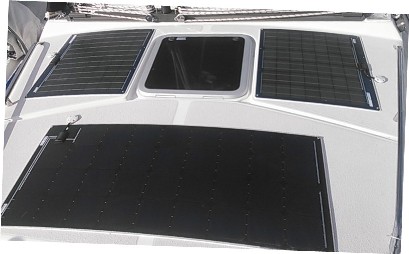

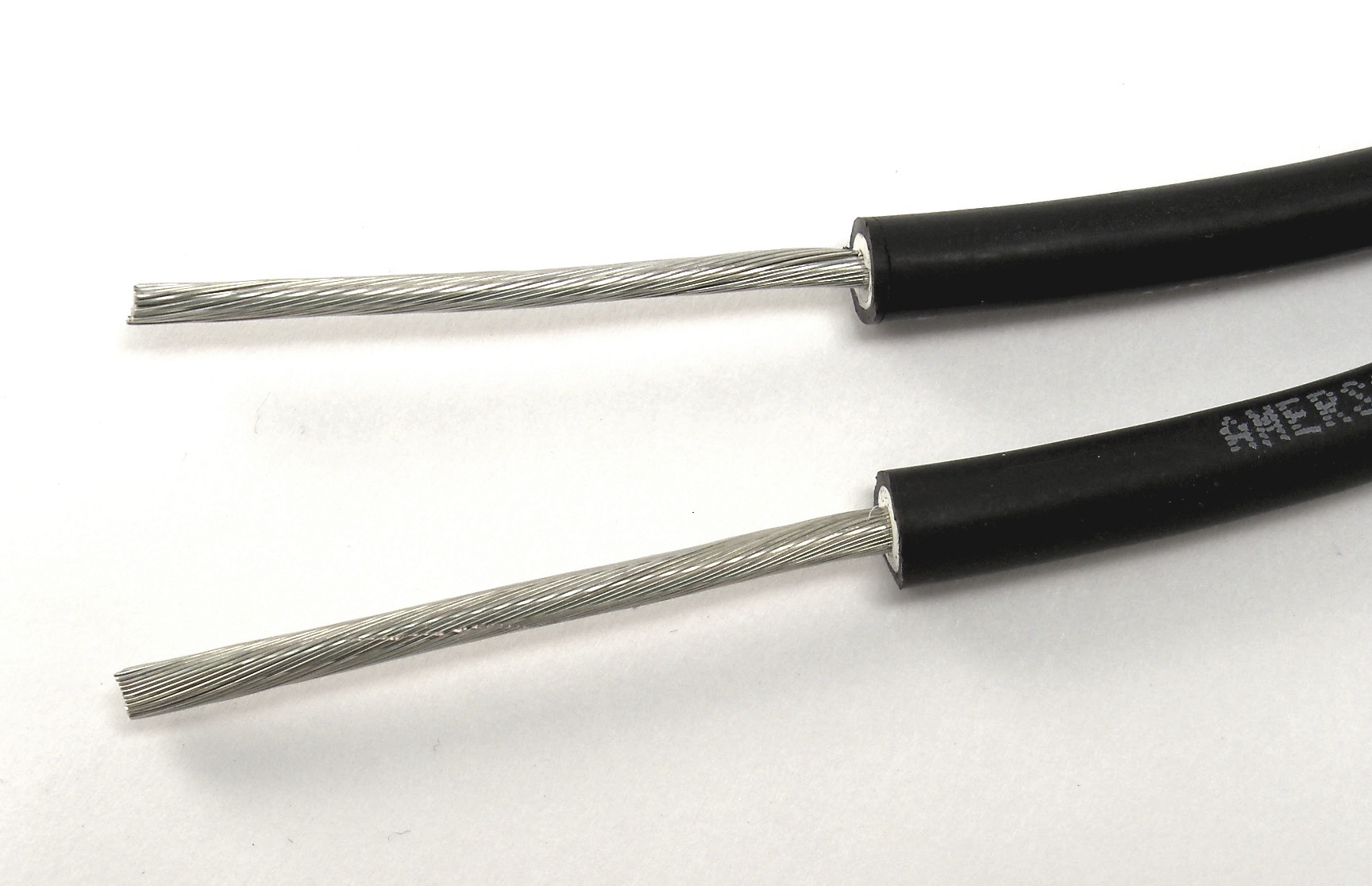
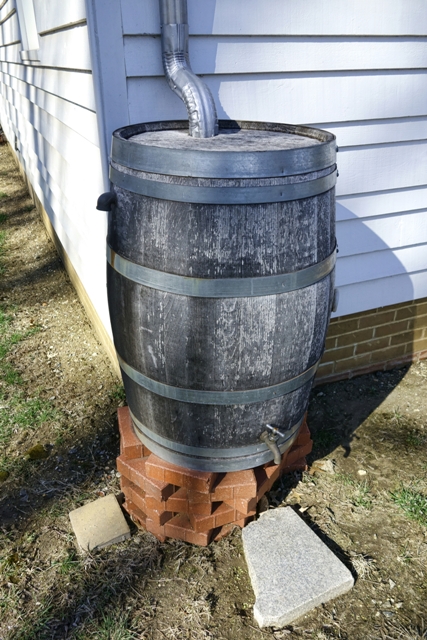 There seems to be many misconceptions regarding solar panels, particularly concerning marine installations on vessels. I’m thinking that maybe it’s because we all see solar panels on houses and assume that what applies to roof-top installations also applies to boats. Wrong!
There seems to be many misconceptions regarding solar panels, particularly concerning marine installations on vessels. I’m thinking that maybe it’s because we all see solar panels on houses and assume that what applies to roof-top installations also applies to boats. Wrong!